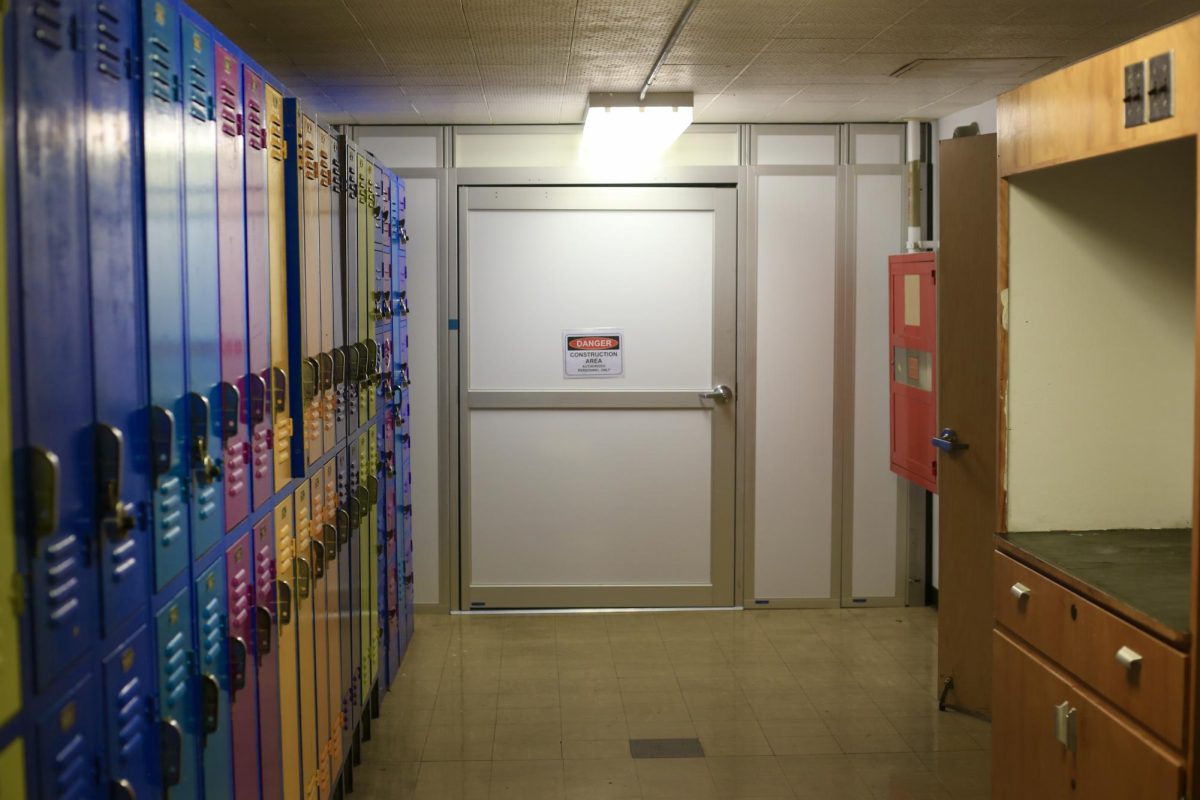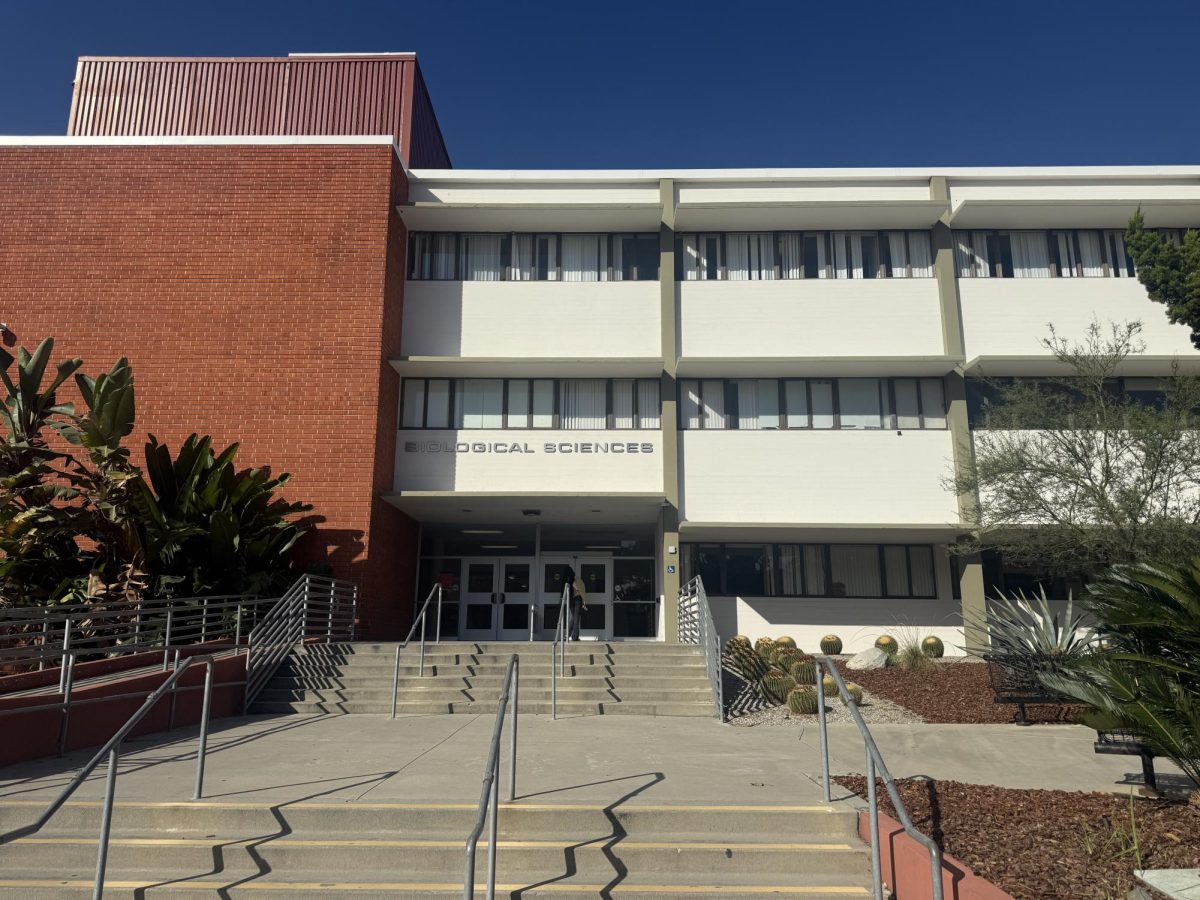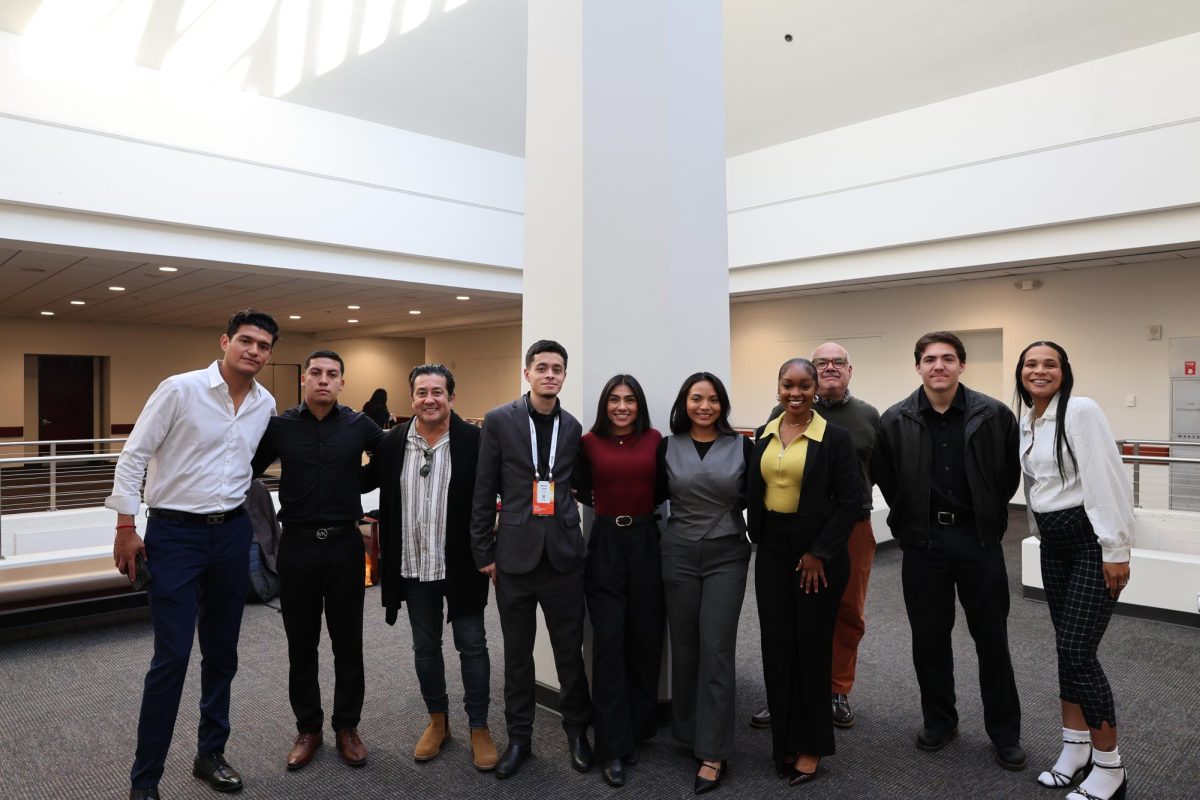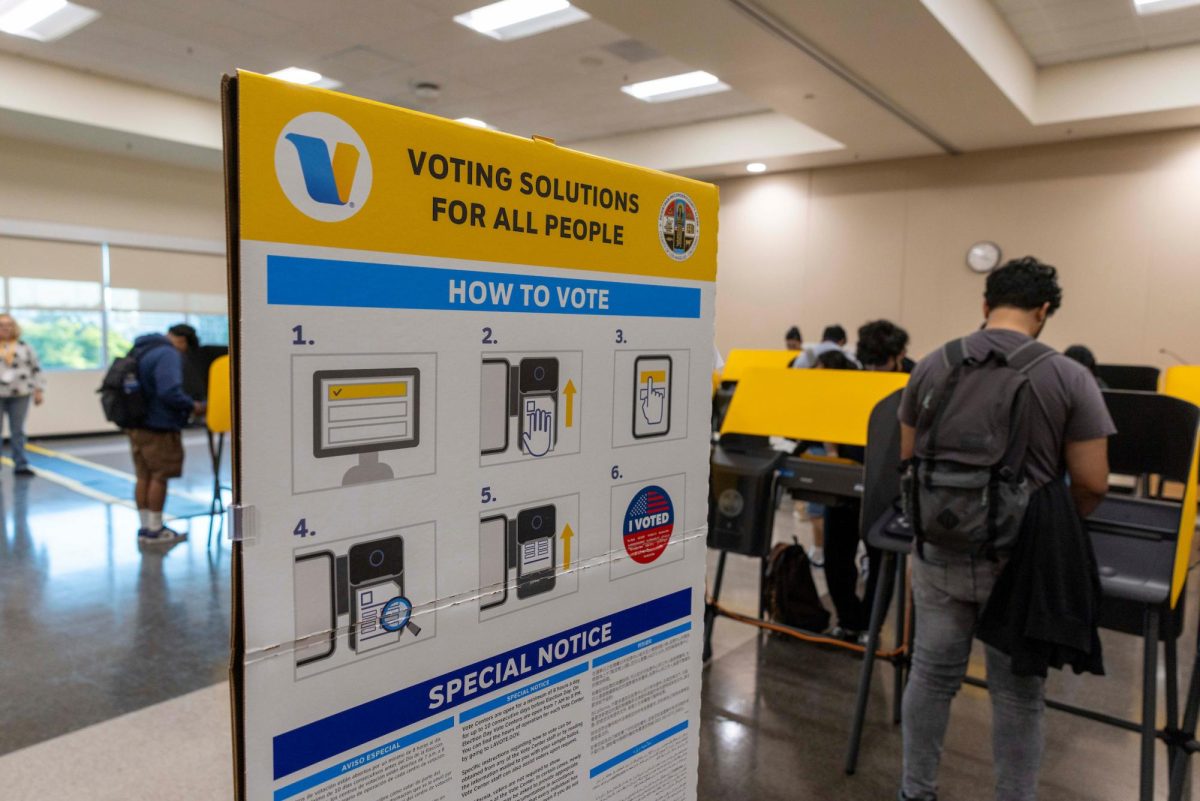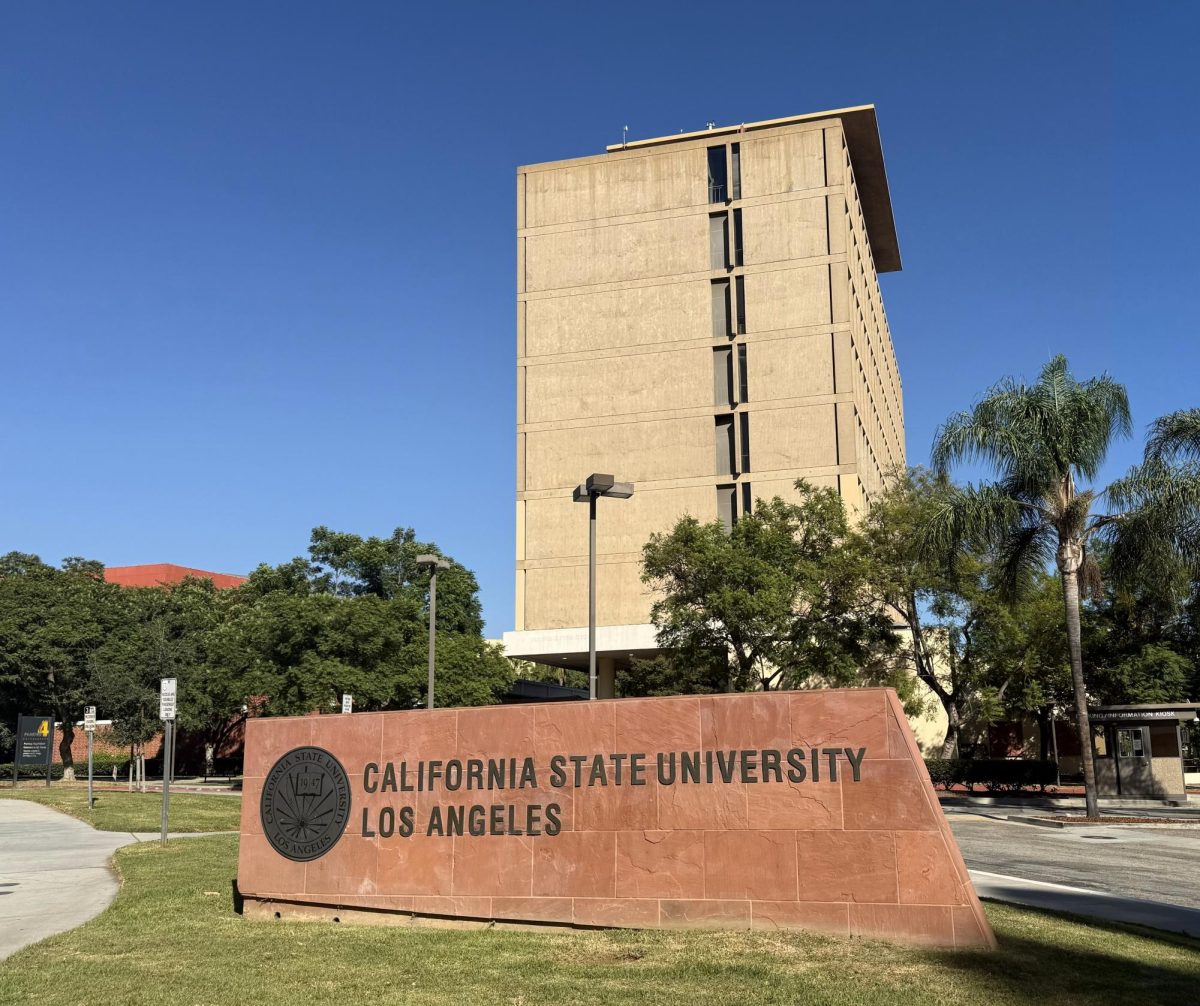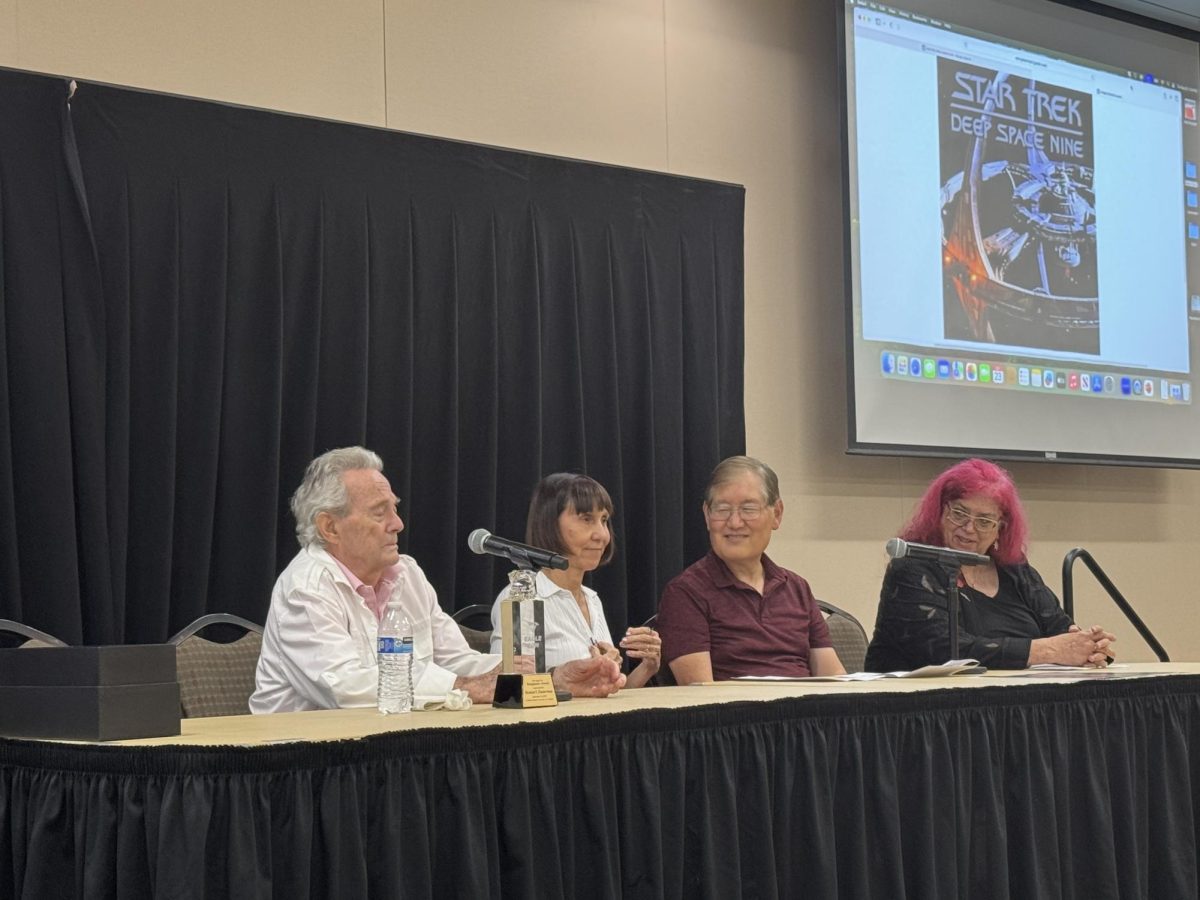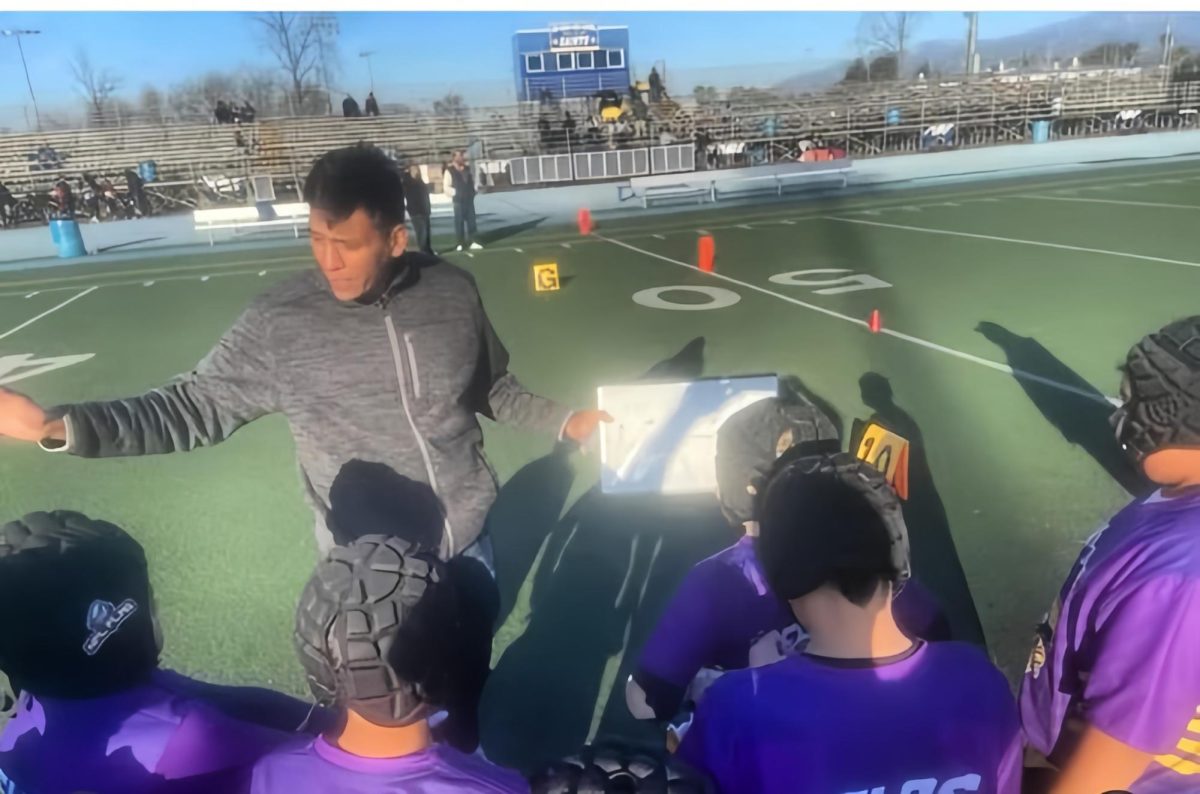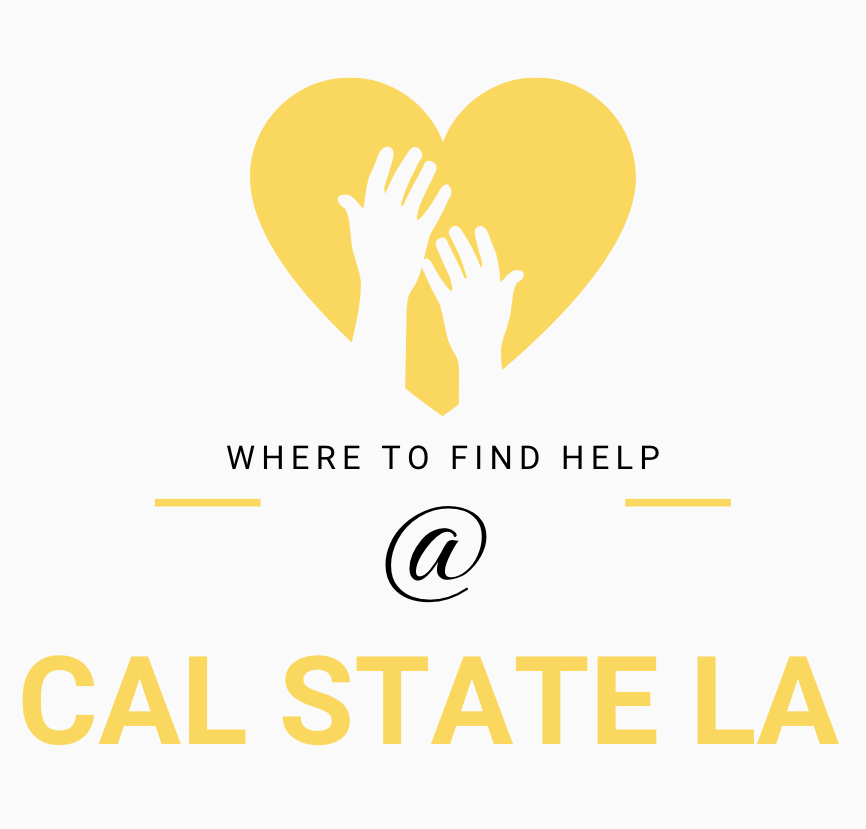The California State University (CSU) system announced on Feb. 4 that it will implement an Artificial Intelligence (AI) initiative with the world’s leading tech companies, including OpenAI with ChatGPT, Nvidia, Alphabet, etc., throughout the 23 campuses.
The initiative will allow students and faculty to streamline their work to “accelerate learning, optimize workflow efficiency, and foster cross-departmental collaboration.” Students and faculty will have access to ChatGPT Edu, a program specifically for educational institutions. According to a press release from OpenAI, it will equip students with essential AI skills to succeed in both higher education and in the workforce.
“It’s critical for CSU students to gain experience with emerging AI technologies so they are best prepared to enter the workforce,” said CSU spokesperson Hazel J. Kelly. “And through collaborations with industry partners, CSU students will have access to apprenticeship opportunities for real-world career experiences.”
Some examples of these initiatives would allow students to use it as a study tool, like studying for exams or retrieving information for their classes. There will also be free programs for training and certification for faculty, staff, and students.
“All students will soon have access to a free Academic Applications of AI (AAAI) Student Micro-Credential course on Canvas,” Kelly said. “There are also training opportunities through CSU’s partnerships, including Microsoft Learn courses and OpenAI resources.”
Alejandra Garcia, a fourth-year political science major, looks forward to using AI as a tool, but doesn’t think it should replace one’s actual work.
“It should be okay to use as a resource such as structuring your work, help you get ideas if you are stuck, and use it in order to explain something that is difficult in a way you would understand,” said Garcia.
Faculty can also use AI to develop their curriculum or make a generative pre-trained transformer (GPT) specific to their courses.
“Professors are encouraged to include disclaimers in their syllabi or discuss AI at the start of a course,” said Kelly. “If a student is unsure of the AI course policies, checking the syllabus and/or asking the instructor directly is the best approach.”
Jose Hernandez, a fourth-year business administration and finance law major, is skeptical of the use of AI, and believes that professors using AI in the classroom may not be the best idea.
“If someone asked me how a professor was teaching us, and I said they were using AI to teach us, it would sound terrible,” Hernandez said.
Privacy issues were also addressed, as whenever someone types in a prompt, it is used to train their models.
“The agreement further stipulates that any data entered within the CSU platform (not the public version) cannot be used to train their large language models and cannot be mined by other organizations, protecting intellectual property,” said Kelly. “It offers the ability to build custom GPTs for sharing within campus workspaces, as well as the needed privacy and data protection, and other enterprise security such as single sign-on (SSO), and SCIM integration.”
The Information Security Responsible Use Policy on the CSU website, which details policies on AI deployment, was provided by the spokesperson.
Students can check their campus portal or help desk for information on how to access ChatGPT in the coming weeks. Students and faculty can refer to the university website about teaching and learning with AI.
The University Times asked about how the AI initiative program would be adequately funded during a time when the CSU is facing a nearly $500 million budget deficit, as previously reported by the University Times.
“It remains important for the CSU to continue to address disparities between our universities and ensure a level playing field so that our students can be successful,” said Kelly. “Leveraging the size of the CSU, we were able to get the best pricing for our 500,000-plus community.”
Kelly added that this is an opportunity for the CSU to lead in educational innovation.
“Our path forward includes working closely with faculty to navigate this new terrain for the benefit of our students and the broader academic community,” she said.
This article was first published in the February 13 print edition of the University Times.


